
Greylag geese are on the rise. Every year brings more to the ponds and pools of the parish and they rarely fail to produce healthy, swaggering teams of youngsters. It would take a brave fox to confront a protective pair of adult geese and, once goslings are sufficiently well grown to survive a period of cold weather, they seem almost indestructible.
Under these favourable conditions, it’s no surprise that their numbers should continue to rise. Greylags were fairly scarce 20 years ago, but they have started to spread their wings.
Still branded as feral, greylags have a poor reputation in this part of the world. Many of these birds were reintroduced by wildfowlers across the UK after their numbers declined during the 20th century.
Scientists make a distinction between the original native birds and those that were introduced, but the difference is not always obvious. They may all look like orange-beaked grey geese, but greylags formed the basis for most domesticated goose breeds and there is a fair amount of complex hybridisation at work.
I once took a fancy to keeping geese in the farmyard at home. I bought a pair from a poultry auction and set them up with their own pen in the shed. I had been reliably informed by the breeder that neither goose could fly, but as soon as I opened the door, they flew away into the distance. That was a nasty surprise, but it was even more extraordinary that my escapees flew down to the good fields by the estuary where they lived alongside the local greylags for some time.
Esta historia es de la edición September 15, 2021 de Shooting Times & Country.
Comience su prueba gratuita de Magzter GOLD de 7 días para acceder a miles de historias premium seleccionadas y a más de 9,000 revistas y periódicos.
Ya eres suscriptor ? Conectar
Esta historia es de la edición September 15, 2021 de Shooting Times & Country.
Comience su prueba gratuita de Magzter GOLD de 7 días para acceder a miles de historias premium seleccionadas y a más de 9,000 revistas y periódicos.
Ya eres suscriptor? Conectar
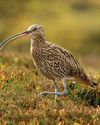
United we stand
Following United Utilities' decision to end grouse shooting on its land, Lindsay Waddell asks what will happen if we ignore our vital moors

Serious matters
An old gamebook prompts a contemplation on punt-gunning
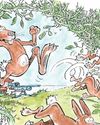
They're not always as easy as they seem
While coneys of the furry variety don't pose a problem for Blue Zulu, he's left frustrated once again by bolting bunnies of the clay sort
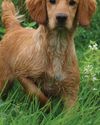
Debutant gundogs
There's lots to think about when it comes to making the decision about when to introduce your dog to shooting
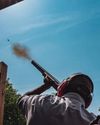
When the going gets rough
Al Gabriel returns to the West London Shooting School to brush up on his rough shooting technique
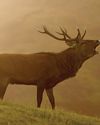
The Field Guide To British Deer - BDS 60th Anniversary Edition
In this excerpt from the 60th anniversary edition of the BDS's Field Guide To British Deer, Charles Smith-Jones considers the noise they make
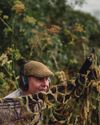
A step too far?
Simon Garnham wonders whether a new dog, a new gun and two different fields in need of protection might have been asking too much for one afternoon's work
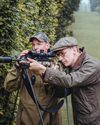
Two bucks before breakfast
A journey from old South London to rural Hertfordshire to stalk muntjac suggests that the two aren't as far detached as they might seem
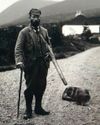
Stalking Diary
Stalkers can be a sentimental bunch, and they often carry a huge attachment to their hill
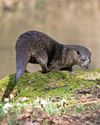
Gamekeeper
Alan Edwards believes unique, private experiences can help keepers become more competent and passionate custodians of the countryside